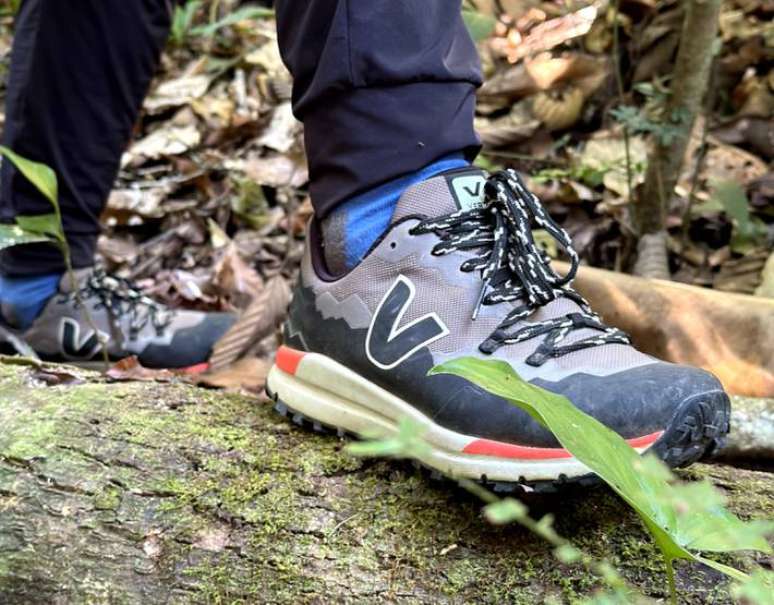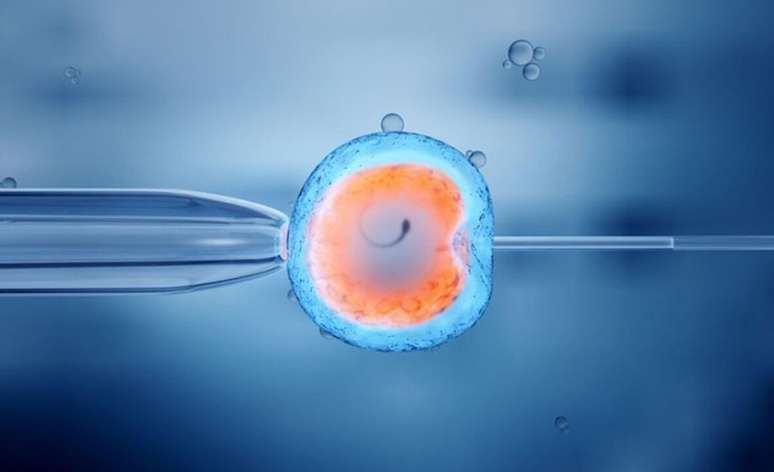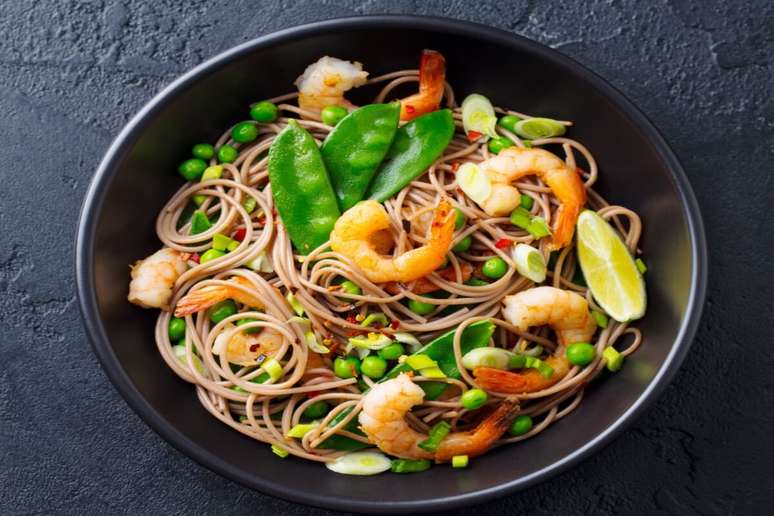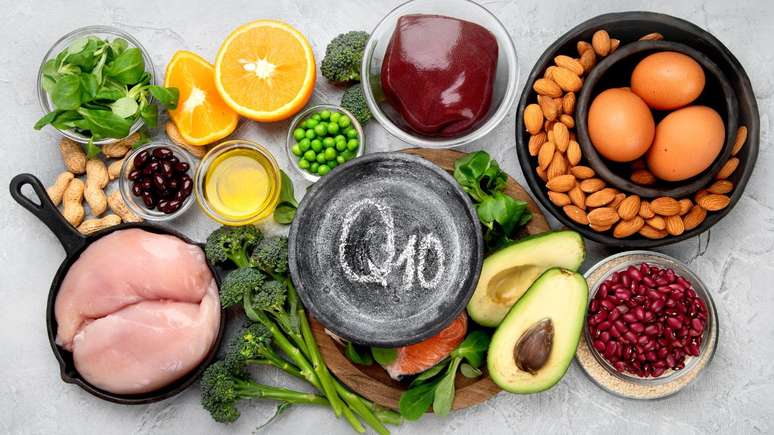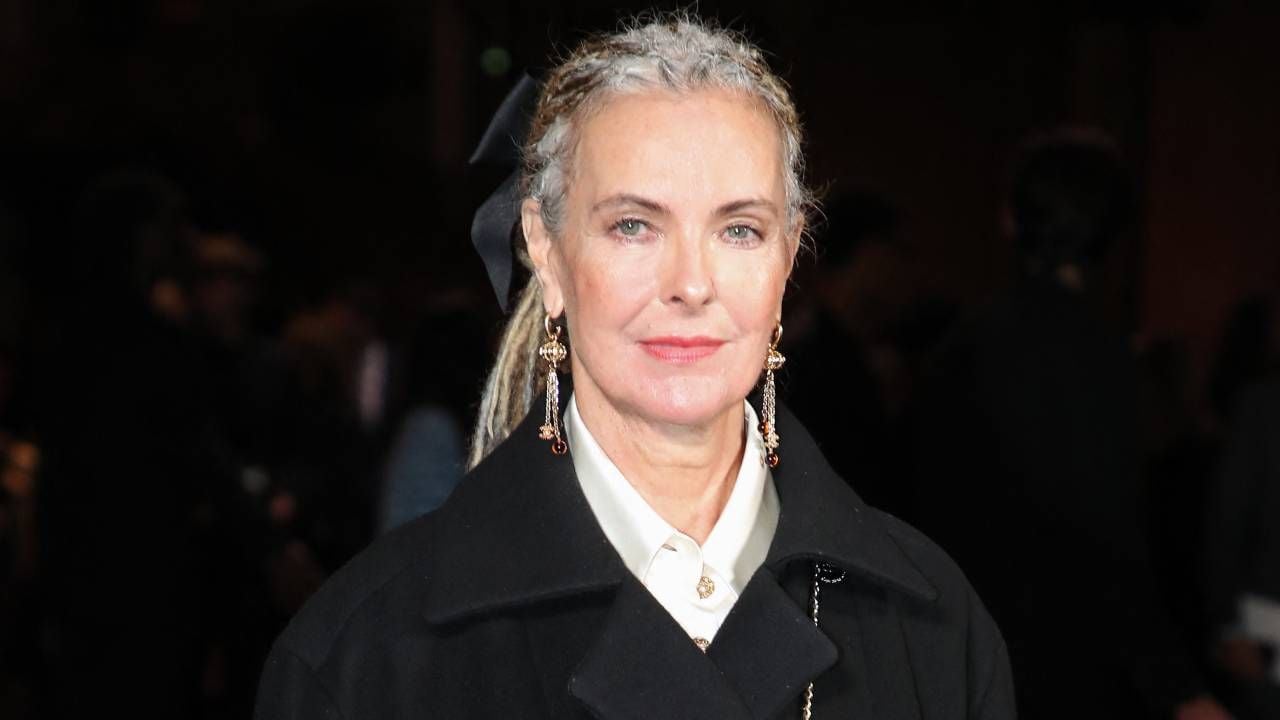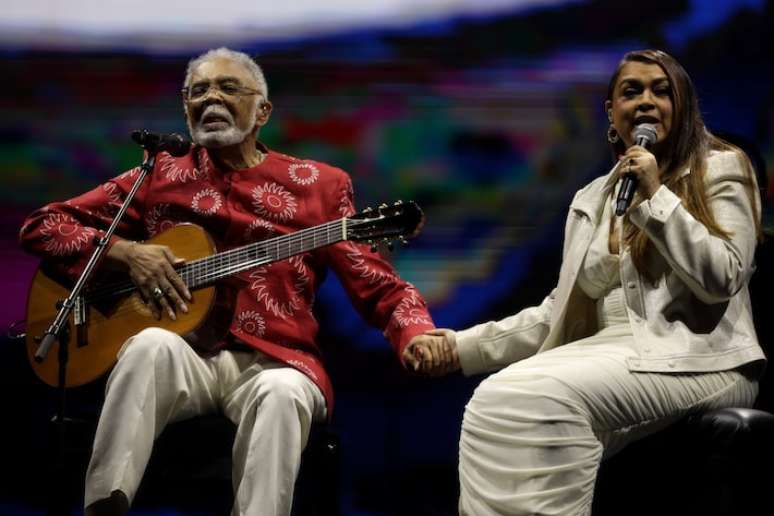I went to Acre, on the Chico Mendes reservation, to see how Vert, through fair trade, is changing the lives of families who extract rubber trees and the way they make sneakers
html[data-range=”xlarge”] figure image img.img-a4ba347b699d87f5bcecd3c0983180f731rxwnml { width: 774px; height: 605px; }HTML[data-range=”large”] figure image img.img-a4ba347b699d87f5bcecd3c0983180f731rxwnml { width: 548px; height: 428px; }HTML[data-range=”small”] figure image img.img-a4ba347b699d87f5bcecd3c0983180f731rxwnml, html[data-range=”medium”] figure image img.img-a4ba347b699d87f5bcecd3c0983180f731rxwnml { width: 564px; height: 441px; }HTML[data-range=”small”] .article__image-embed, html[data-range=”medium”] .article__image-embed {width: 564px; margin: auto 0 30px; }
It was hot that April 25, when I received an invitation from Vert to discover the rubber cycle in Acre, where most of the raw material used by the brand in its sneakers comes from. I glanced at the fan three times, almost as a prelude to how much one would sweat in the woods, answered yes, of course, and anxiously continued until August 2, the date of departure with only hand luggage. From Congonhas to Brasilia. From Brasilia to Rio Branco. I sleep in Rio Branco. I wake up at 6, three hours by van to Acre with only the backpack in hand for four days, I leave the road and another half hour by van through the forest at 20 km/h. I get out of the van, go from one bank of the river to the other by boat, go up a ramp of about 50 meters of sand and arrive at the nerve center of the rubber extraction facility, a recently renovated shed where families gather for cooperatives , parties and the only place with internet in the region. Tired? Yes. Happy? Very. All this for a definitive assessment. For everything the brand does and for the revolution that is taking place there, if Chico Mendes were alive, he would be wearing Vert today.
Unlike Veja, Vert in Brazil, for most tennis brands on the market, was born in substance. François-Ghislain Morillion and Sébastien Kopp, founders of the company, after having advised numerous companies, traveled the world and studied 56 different projects from the point of view of French corporate governance, their specialty, to develop a commercial project fair and supportive. trade. In 2003, they traveled for a year in Brazil, China and India, until they met the French company Alter Eco, which sold Brazilian pupunha all over the world as a fair trade. “That’s where it hit,” says Morillion, who also says he chose the sneakers when he saw the Rainha designs, used by people in São Paulo and Acre, with a simple, minimalist construction. «A democratic and broad product could really change the panorama, both from the point of view of consumption and of the families that produce the inputs for production. Then we also thought: what else do we buy on the go? Tennis. Then let’s get into tennis,” says Morillion.
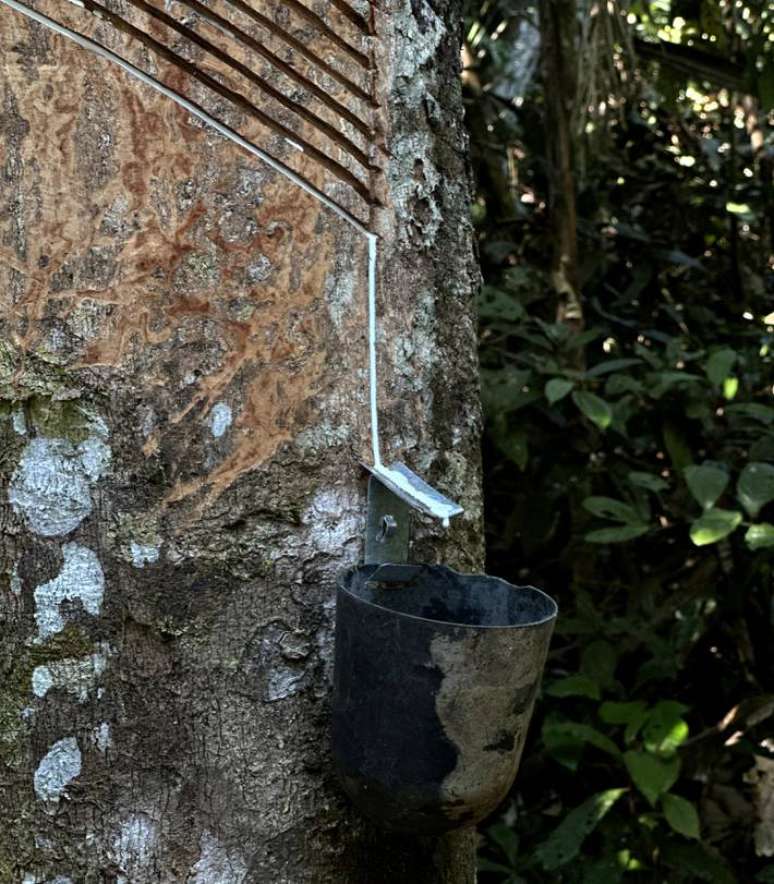
Thus began the production of Veja sneakers in Brazil, always using Brazilian raw materials. Due to registration problems, Veja had to be called Vert in Brazil (which is Veja in French), but that will change already next year, when it will be Veja globally. But regardless of the name, what sets Vert apart is that in the ideological war between capitalism and socialism, the brand has chosen the virtue of the middle ground. It sells sneakers with high added value and a high average price to those who can afford them, and subsidizes, for example, rubber-producing families, well above the market average.
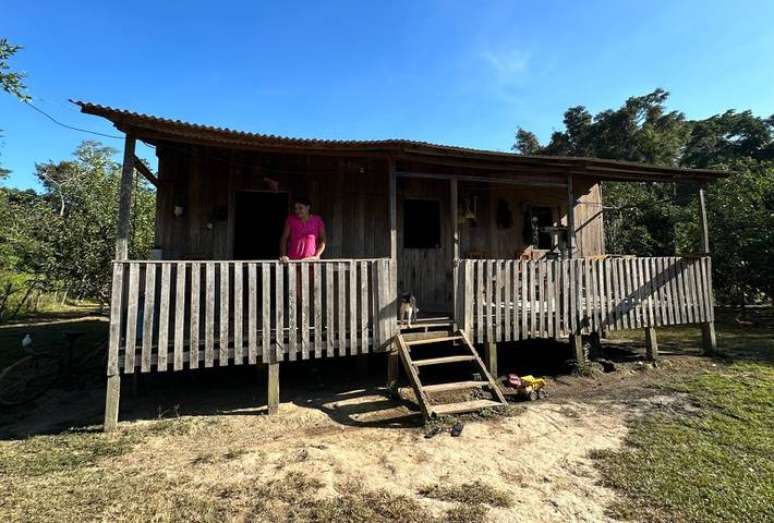
Currently the market pays R$ 3 per kilo for CVP, virgin cernambi pressed from rubber. Vert pays an extra R$ 0.50 for quality and R$ 10.50 for the additional compensation for socio-environmental services, which amounts to R$ 14 per kilo. This additional fee is paid to households who do not deforest their land beyond what is permitted by law to make way for livestock or soybeans. This initiative, in addition to ensuring the production of latex from indigenous rubber trees, also helps to minimize deforestation. But that comes at a business cost. In order for Vert to pay four times more to families, the brand had to give up marketing, which eats up a large part of the budget of other sneaker multinationals. Vert does not invest in advertising, commercial stock and always works with zero inventory to avoid these costs as much as possible, which would make the company’s fair trade foundation unfeasible.
But it is with this biological demand and this botanical offer that Vert has gone from 5 thousand pairs a year to 4 million, all produced with Acre rubber (70%), Amazonas, Rondônia and Mato Grosso. And it’s nice to see in the speeches of the families of extractives the feeling of belonging to an initiative that protects the forest, safeguards dignity and that will end up in the feet of people all over the world. “It is very nice to see this alliance of forest peoples with the same goal, trying to preserve our future and getting the milk from the rubber tree that ends up in the sneakers of people from so many places,” exalts Leide Aquino, female leader of the community. Morillion adds: “When we arrived in Brazil we saw that ecology is not just an initiative, it is a social movement, a struggle for the rights of the original and traditional peoples of the countryside.”
Grow with the property
In addition to the unification of the names, which will take place next year, Veja will also open its first store in the country, in São Paulo, in 2024. Currently, the brand only sells its models through partners, including some focused exclusively on the fashion scene. sneakerhead, like your ID. Today Veja has stores only in Paris, first of all, Bordeaux, New York, Berlin and Madrid. But, in addition to Brazil, the project envisages another five stores over the next three years.
With this, Brazilian production should also be expanded, with about 4,000 employees (500 directed by Veja), and also the purchase of raw materials. The brand is already in talks with Peru to sell rubber from indigenous rubber trees. But since Peruvian families are not in the habit of joining cooperatives, negotiations with each mining family tend to be more complicated. “We don’t give up on our concepts. We prefer to produce and sell less than demand and go our own way, Veja was born that way and will remain that way,” concludes Morillion.
Source: Terra
Ben Stock is a lifestyle journalist and author at Gossipify. He writes about topics such as health, wellness, travel, food and home decor. He provides practical advice and inspiration to improve well-being, keeps readers up to date with latest lifestyle news and trends, known for his engaging writing style, in-depth analysis and unique perspectives.

